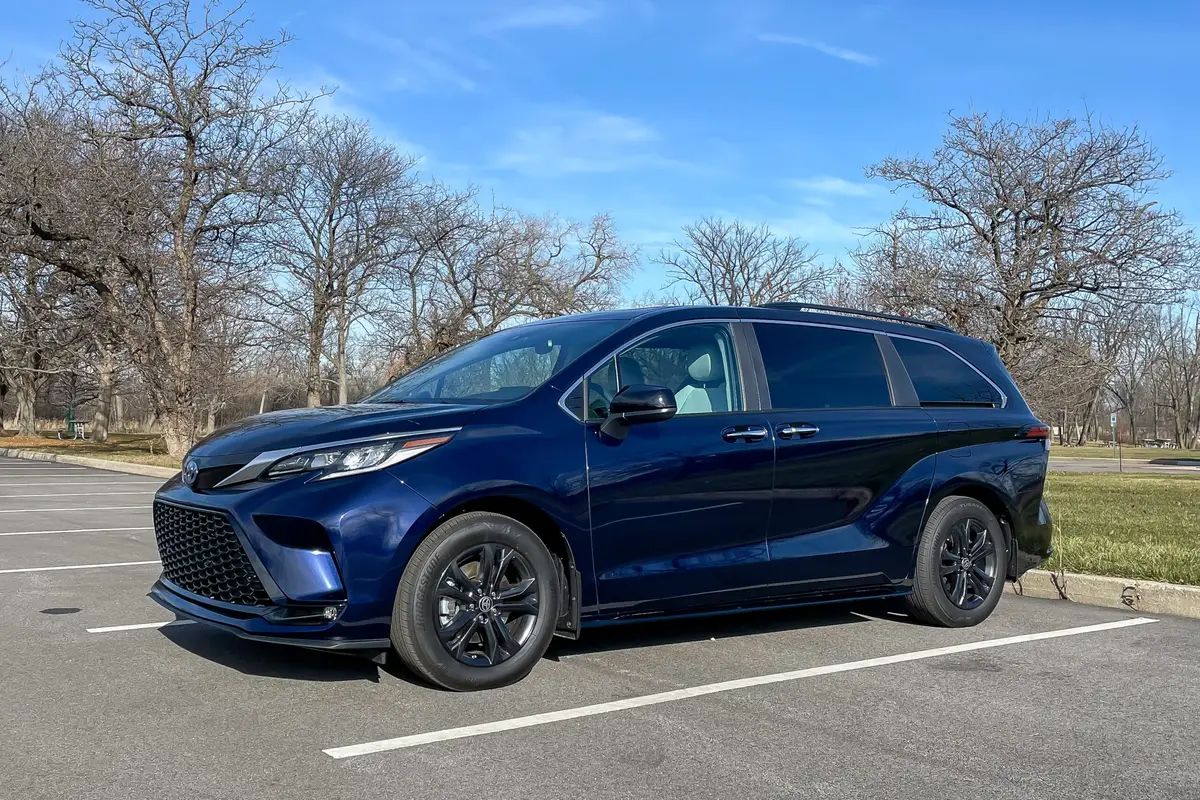Seat belts are arguably the most critical yet overlooked safety feature in any passenger vehicle. While airbags, crash zones, and driver assistance systems have all advanced over time, the humble seat belt remains the first line of defense in the event of a collision.
Studies consistently show that wearing a seat belt significantly reduces the risk of injury or death in an accident, regardless of where a passenger is seated in the vehicle. Despite its life-saving importance, not all seat belts are created equal, especially when it comes to ease of use.
Nowhere is this more apparent than in the rear seats, where buckle placement, seat design, and cabin space can either make the process of fastening a belt seamless or maddeningly difficult.
Rear seat usability is a growing concern as more families, rideshare drivers, and commuters rely on back seats for everyday transportation. In vehicles where the rear seat belts are tucked too deep into the seat cushion, buried between bolsters, or rigidly mounted at awkward angles, buckling up becomes not only uncomfortable but sometimes discouraging.
Imagine a hurried school drop-off or a rideshare ride where the passenger has to fumble around for 30 seconds just to buckle in. This extra friction, however small, can lead to inconsistent belt use, especially among children and teens.
Worse still, difficult-to-reach buckles can become a major hurdle for elderly passengers or those with physical limitations, turning what should be a simple task into a cumbersome ordeal.
On the flip side, some automakers have gone the extra mile to design rear seats that promote quick, easy, and secure belt use. These vehicles tend to offer raised or flexible buckle mounts, clearly visible belt hardware, and generous cabin layouts that make it easy to maneuver.
In these well-designed models, rear passengers—whether kids, adults, or seniors—can fasten their belts quickly and without effort. This isn’t just a convenience; it’s a critical piece of safety architecture that supports and reinforces good habits.
As vehicles grow more complex and packed with features, it’s refreshing when a manufacturer gets the basics right. This article dives deep into this very issue, exploring five vehicles that make rear seatbelt use a chore, and five that make it a breeze.
It’s a practical guide for anyone—parents, daily commuters, rideshare drivers, or car shoppers—who values rear-seat functionality and safety as much as front-seat performance and features.
We’ll break down not only which vehicles fall into each category but why, with clear, experience-based reasoning related to cabin layout, seat ergonomics, and design philosophy. Whether you’re in the market for a new vehicle or simply want to know if your current ride is passenger-friendly, this guide offers insights that might just influence your next decision.
Also Read: 10 Safe and Affordable Cars in 2025 That Earned IIHS Top Safety Pick Plus Ratings
Table of Contents
Toggle5 Vehicles With Hard-to-Reach Rear Belts
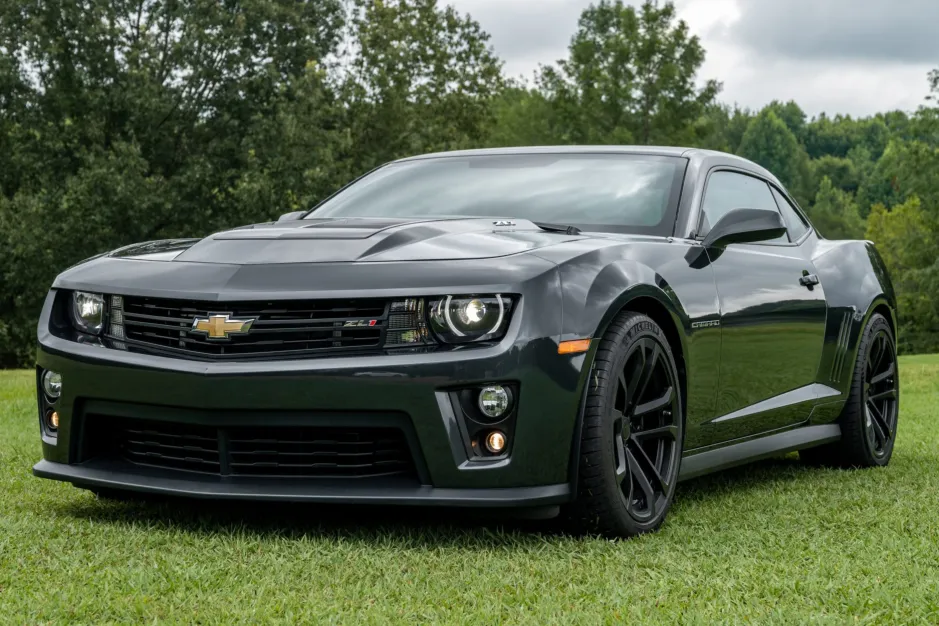
1. Chevrolet Camaro
The Chevrolet Camaro has long been celebrated as a modern muscle car icon, with a sharp exterior, aggressive engine choices, and rear-wheel-drive dynamics that thrill enthusiasts. However, when it comes to practicality, especially in the rear seat area, the Camaro shows its limitations. The rear seats are not designed for regular adult use and feel more like an afterthought than a functional space.
Legroom is severely limited, and headroom is compromised by the sloping roofline. What makes the situation worse is the rear seatbelt setup.
The buckles are positioned low in the crease between the seat back and cushion, often buried under firm bolstering. This design makes them very difficult to access, particularly for passengers with larger hands or anyone lacking upper-body dexterity.
Attempting to buckle up in the Camaro’s rear seat often feels like a gymnastic move. The belt stalks do not rise above the cushion line, so finding them requires lifting or adjusting the seat padding or blindly feeling around the crevices. In many cases, two hands are required—one to fish out the buckle and hold it steady, and the other to insert the tongue and click it in place.
\This is particularly challenging for kids, elderly passengers, or those with physical limitations. Additionally, the low and reclined seating position doesn’t help, as it forces occupants into an unnatural reach that’s hard on the shoulders and neck.
From a usability standpoint, the Camaro’s rear seat belt system fails to meet basic ergonomic standards. While this may not matter much for drivers who rarely carry passengers, it becomes a major drawback for anyone who plans to use the rear seats more than occasionally.
Safety systems are only effective when they’re easy to use, and in this case, Chevrolet’s focus on styling and sportiness undermines a critical aspect of passenger protection. It’s a classic example of form overtaking function, and for anyone needing quick or frequent access to rear seat belts, the Camaro is a poor fit.
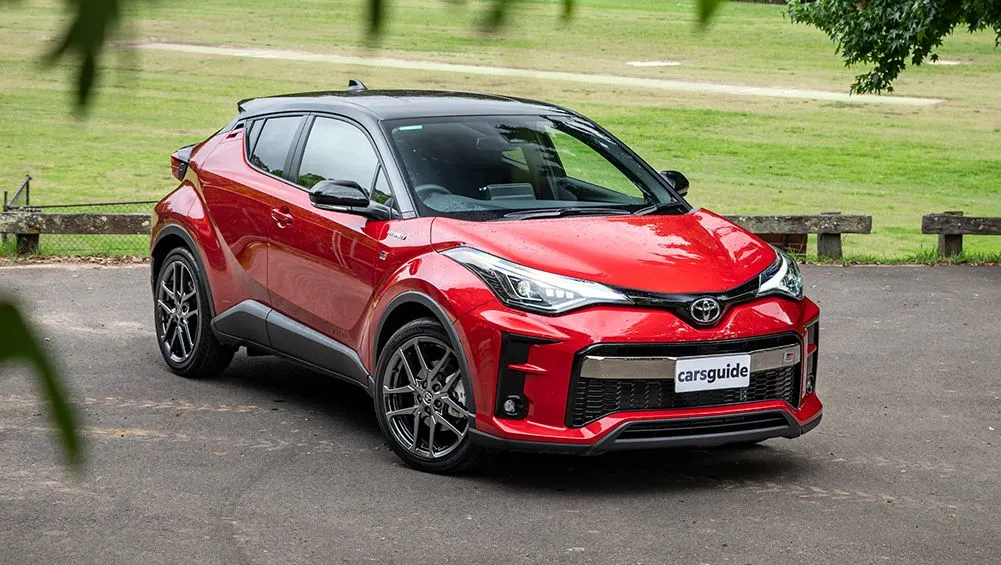
2. Toyota C-HR
The Toyota C-HR is a bold and futuristic compact SUV with a design that turns heads. Its coupe-like roofline, hidden rear door handles, and sharp body creases make it stand out in traffic. Unfortunately, this stylish approach comes at the cost of practicality, especially in the rear seats.
The back seat of the C-HR is noticeably tighter and darker than those in competing compact SUVs, and the seat belt configuration contributes to the discomfort. The rear buckles are deeply recessed between the seat cushion and backrest, and they lack any raised or flexible stalks that might keep them within easy reach. This forces passengers to dig between the cushions, a task made worse by the seat’s firm padding.
The design seems to assume that rear passengers won’t mind fumbling around for the buckle, but in reality, it creates a significant barrier to safe and convenient seat belt use. This issue is especially problematic for families. Children who are old enough to buckle themselves may struggle to reach or align the tongue with the buckle correctly.
Adults helping them often need to contort their bodies in tight spaces, particularly if the front seat is pushed back. The lack of visibility and access makes buckling up in the C-HR’s rear seat a time-consuming and frustrating experience, which can lead to improper belt usage or, in some cases, complete non-use.
Even from a broader design perspective, the C-HR feels like it sacrificed too much in pursuit of its edgy aesthetic. Visibility is poor, the window line is high, and the interior feels enclosed—features that are compounded by the awkward belt setup. In a vehicle that should be practical and family-friendly, these oversights are hard to overlook. While the C-HR scores well on many fronts, including fuel economy and safety ratings, its rear seatbelt accessibility leaves much to be desired and undermines its appeal as a truly usable everyday vehicle.
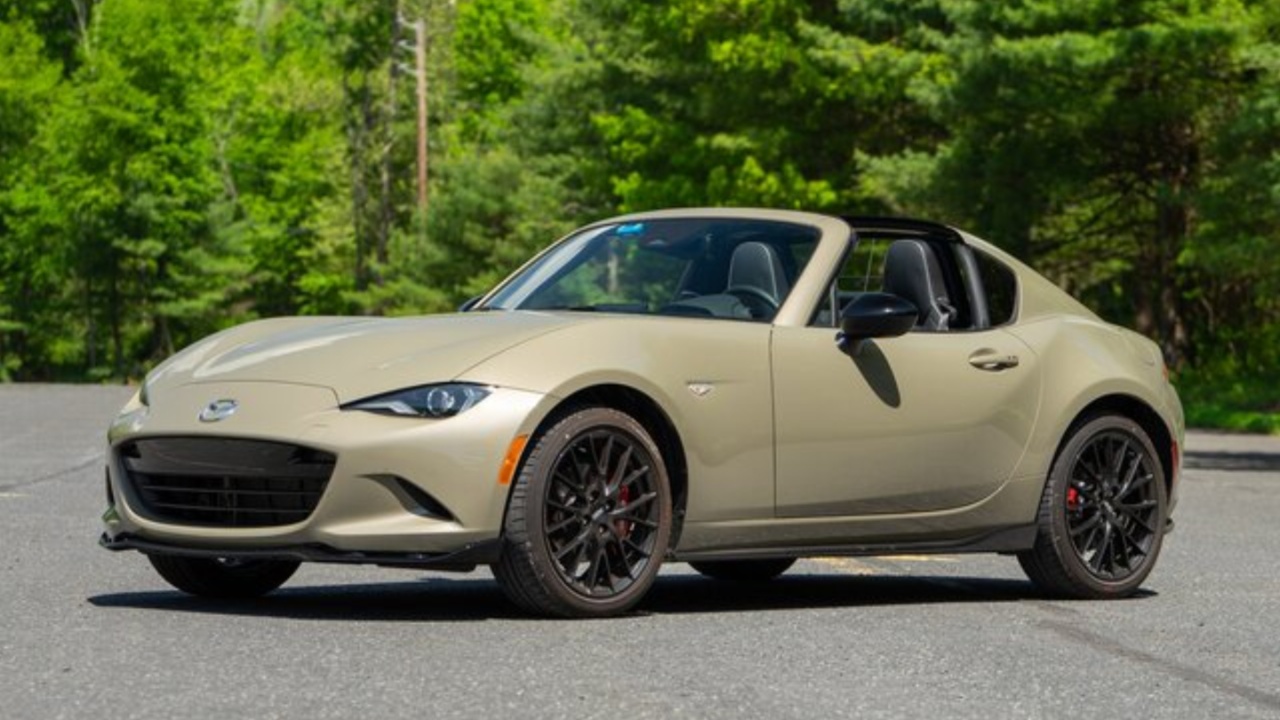
3. Mazda MX-5 Miata
The Mazda MX-5 Miata is beloved for its lightweight, open-air driving experience and sharp handling. However, it was never designed with practicality or passenger capacity in mind. In most trims, the Miata is strictly a two-seater, but some international markets and niche configurations feature rear jump seats or seat belt anchors designed for extremely tight spaces, either in coupe-style configurations or as part of storage accommodations.
In these scenarios, the Miata’s already cramped dimensions make seatbelt accessibility a near-impossible task. The buckles are wedged deep into the car’s narrow rear compartment and can be obstructed by interior trim, plastic molding, or roll bar housings.
Even when the rear belts are present, their usability is minimal. The belts may be tethered tightly against sidewalls, and the seatbacks are often vertical and uncomfortable. The belt latches themselves are difficult to extract, requiring considerable reach and flexibility.
Often, passengers (or drivers assisting passengers) need to lean all the way into the back seat area with their torsos twisted—hardly a safe or sustainable practice. The belt tongues might even be hidden behind the seat padding, further complicating the issue. These are not ergonomic failures by accident; they’re the result of a platform that was never truly meant to accommodate more than two people.
Because of these limitations, the Miata isn’t even recommended for regular use of these rear seating areas, and many owners simply use the space for cargo instead. For those who do try to use the seat belts in these configurations, the effort can feel absurd, bordering on unsafe.
It’s a classic example of how sports car priorities can clash with passenger usability. While it’s understandable that a car this small has limitations, the Miata’s hard-to-reach belts make it completely unsuitable for anyone hoping to use the back area as a functional passenger space.
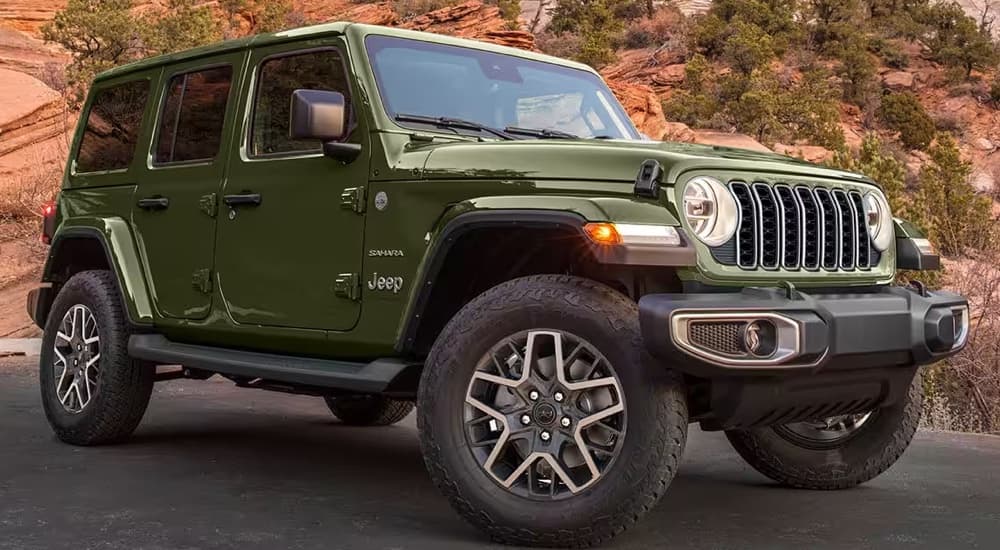
4. Jeep Wrangler
The Jeep Wrangler, particularly in its two-door version, is an off-road beast built for adventure and ruggedness. While that’s great news for trail enthusiasts, it’s less encouraging for rear-seat passengers trying to buckle up. The Wrangler’s rear seats are notoriously cramped, with upright backs and limited space between the front and rear rows.
Adding to the challenge, the seat belt buckles are deeply embedded into the seat cushion and often hidden beneath large seams or between hard materials. Jeep has designed the interior for durability and water resistance, which often means hard plastics and less cushioning, factors that make maneuvering inside the cabin more difficult.
Trying to fasten a rear seat belt in the Wrangler often requires awkward contortions. You may have to slide a hand into a narrow crevice between the seat and the floor or reach sideways toward a buckle that’s flush with the cushion. For children or older adults, this presents a real usability issue.
There’s also the problem of seat belt tension—sometimes the belts are retracted too tightly or anchored too rigidly to be pulled across easily. Installing child seats in the back is another layer of difficulty, given that the tether points can be hard to reach, and there’s limited maneuvering room through the small door opening.
From a design perspective, Jeep seems to prioritize resilience and minimalism over comfort and accessibility. That’s fine for a vehicle built to climb rocks and ford rivers, but not ideal for daily urban use or school pickups. Rear passengers often feel like an afterthought in the Wrangler’s design, and the seat belt setup only reinforces that notion. Although the four-door Unlimited model offers improved space and belt accessibility, the two-door variant is still extremely challenging for rear occupants who want to buckle up quickly and without struggle.
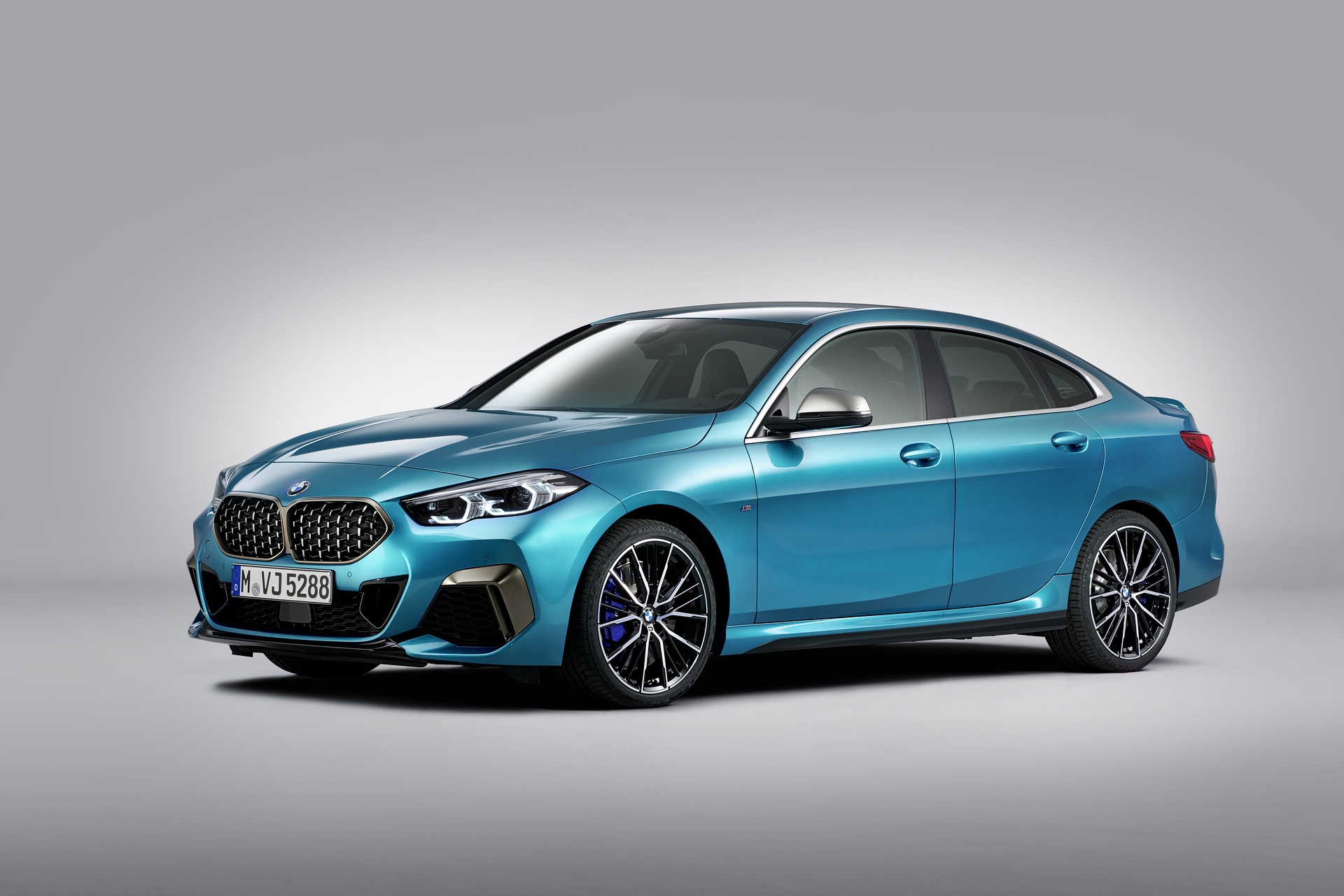
5. BMW 2 Series Coupe
BMW is a brand known for blending performance with luxury, but its smaller models, like the 2 Series Coupe, show the trade-offs of sporty design, particularly when it comes to rear-seat functionality. The 2 Series Coupe features a sleek, coupe-style roofline, two doors, and a compact footprint.
These traits make it a joy to drive,e but present real-world problems for rear seat accessibility. Getting into the back seat requires folding the front seats forward and ducking through a small opening. Once inside, the rear seats offer minimal legroom, and the seat belt buckles are difficult to access due to their position low in the bolstered cushions.
The seat design is sculpted to provide lateral support, but it also means that the buckles fall into tight, sunken spaces between dense foam bolsters. They don’t stand upright and are often held rigidly in place, preventing the user from angling the buckle into a usable position.
Buckling up in the 2 Series Coupe frequently involves twisting at the waist, digging around with your fingers, and performing trial-and-error insertions until everything lines up. This task is especially difficult if the driver or front passenger doesn’t move their seat forward enough, limiting the amount of usable space in the back.
The challenges extend beyond comfort to outright discouragement of use. Passengers in the back often choose not to buckle up right away, especially on short trips, because of how difficult the process is. For families with children or anyone who uses the rear seat regularly, this creates an unacceptable compromise.
While the BMW 2 Series Coupe succeeds at being a dynamic and stylish small luxury car, its disregard for rear seat usability, including how hard it is to use the seat belts, makes it less appealing as a practical vehicle.
5 Vehicles With Easy-to-Buckle Rear Belts (Expanded)
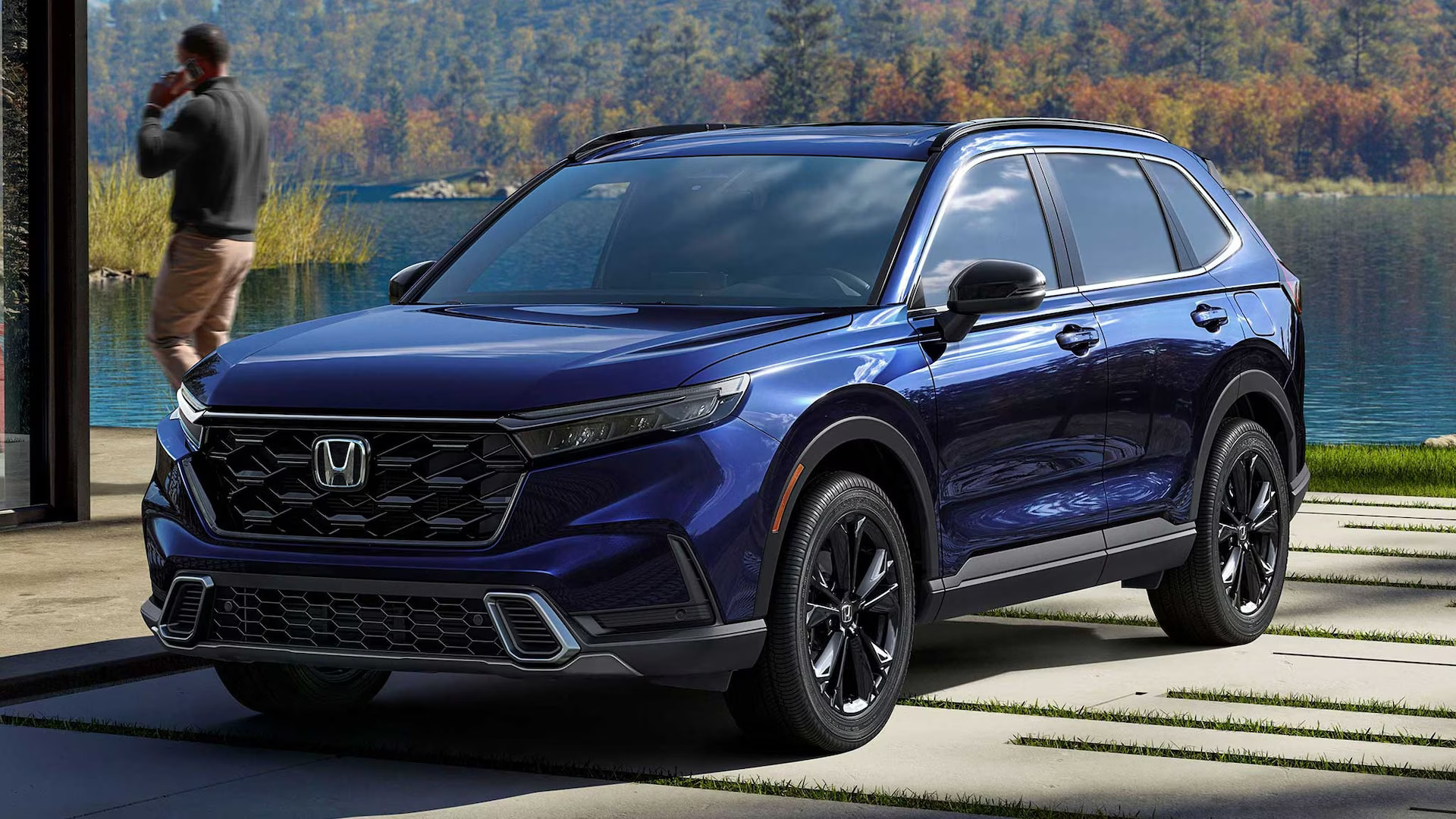
1. Honda CR-V
The Honda CR-V has earned its place as one of the most popular and practical compact SUVs on the market, and part of its enduring appeal lies in how well it serves the needs of real families and everyday users. Rear seatbelt accessibility is a perfect example of this thoughtful design. In the CR-V, the rear buckles are mounted on soft, flexible stalks that remain upright when unbuckled.
This means they are always visible and ready to use, eliminating the frustration of having to dig them out from between cushions or fight stiff anchor points. For children, elderly passengers, or anyone in a hurry, the ease of buckling up in the back seat is a small but impactful advantage.
The rear seats themselves are spacious and ergonomically supportive. There’s generous legroom and hip room, and the bench is wide enough to accommodate three passengers comfortably, even with child seats installed. This is important because the CR-V often serves as a go-to vehicle for families, carpooling, and ridesharing—all situations where people frequently get in and out of the rear seats.
The wide rear doors open at a practical angle, allowing passengers to enter and exit without having to contort themselves. Combined with the low floor height, this makes accessing the rear seat area and the belts far easier than in many competitors.
What further enhances the CR-V’s reputation is Honda’s attention to the smaller details. The seat belt tongues slide smoothly and are anchored at an intuitive height, and the material quality around the belt hardware is soft and comfortable. Nothing feels forced or overly tight.
Whether you’re loading groceries, managing kids, or just going for a long drive with friends, the CR-V makes it effortless for everyone in the rear to buckle up quickly and comfortably. In a world where many vehicles compromise rear seat ergonomics for style or compactness, the CR-V stands out as a model that balances form and function without compromise.
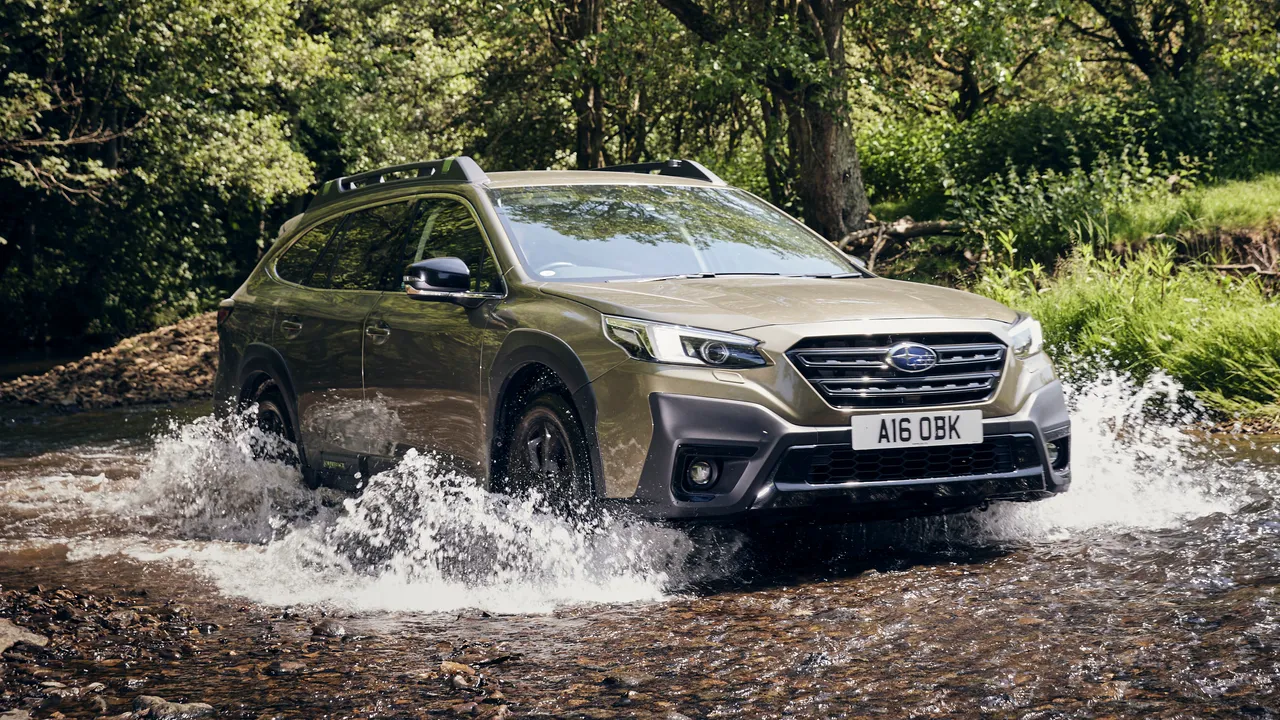
2. Subaru Outback
The Subaru Outback has long been recognized as a vehicle that combines rugged utility with family-friendly comfort, and one of its more subtle strengths is how easy it makes rear-seat buckling. The Outback’s interior design prioritizes space and usability, and this shows clearly in the rear seatbelt arrangement.
The seats are wide, flat, and supportive, making them ideal for accommodating passengers of all ages. The seat belt buckles in the rear are mounted high enough to be seen immediately upon sitting down, and they’re held in place by flexible, yet firm, stalks that prevent them from collapsing into the seat creases.
This simple detail may seem minor, but it makes a huge difference when it comes to everyday usability. Parents buckling in young children or securing booster seats will appreciate not having to fumble around or dig for belt buckles. Likewise, elderly passengers or those with limited dexterity will find the process straightforward and stress-free.
The Outback’s rear doors open wide, and the low step-in height means passengers don’t have to struggle with getting seated. Once inside, the headroom and legroom are generous, allowing passengers to move freely and reach belts with minimal effort.
Another point in the Outback’s favor is the consistency of its interior layout across trims. Whether you’re driving the base model or a more premium variant, the seat belt ease of use remains the same. The materials surrounding the buckles are soft-touch and durable, making repeated use comfortable and reliable.
Subaru has always emphasized safety in its vehicle design, and the Outback continues that legacy with a rear seat experience that doesn’t just encourage seat belt use—it makes it effortless. It’s no surprise that families, outdoor adventurers, and retirees alike are drawn to this model. For a vehicle that blends comfort, safety, and all-weather versatility, the Subaru Outback is a standout in more ways than one.
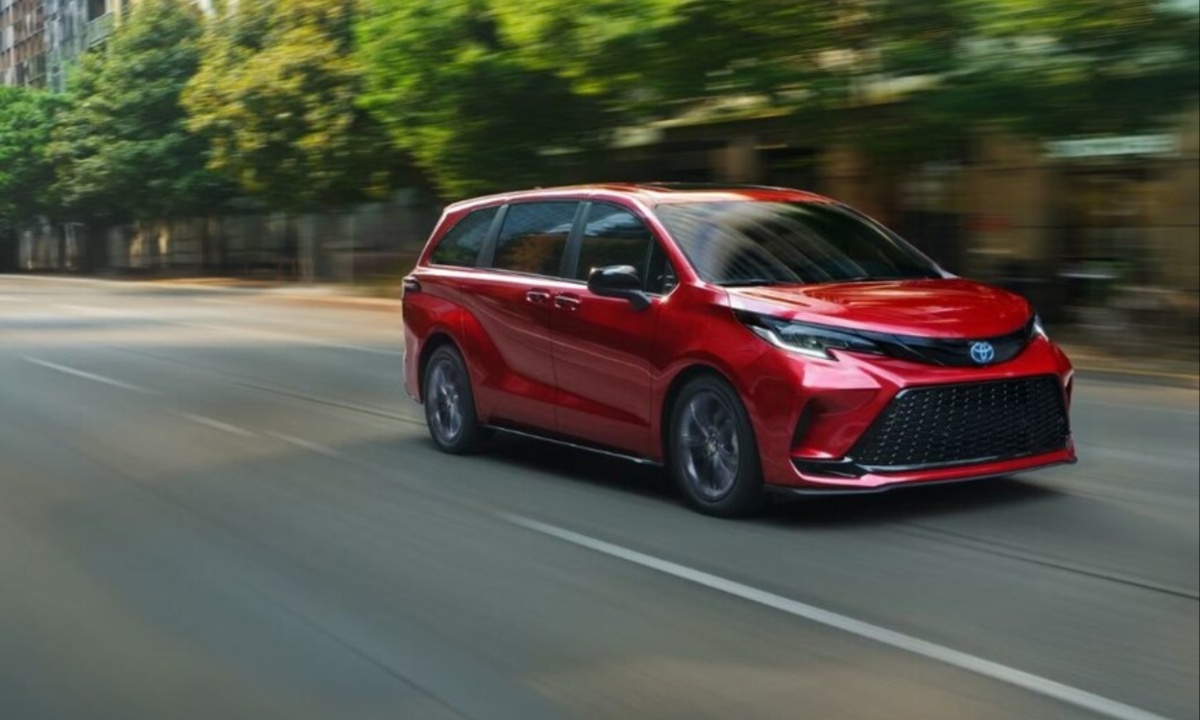
3. Toyota Sienna (Newer Models)
The Toyota Sienna, especially in its latest hybrid variants, represents a new generation of minivans that prioritize not just fuel efficiency and technology, but also comfort and usability for every passenger. The rear seatbelt experience in the Sienna is perhaps one of the best in its class, whether you’re looking at the second-row captain’s chairs or the third-row bench.
One of the most significant advantages is the visibility and reachability of the belt buckles themselves. In both rows, the buckles are clearly marked, stand upright at all times, and are mounted in a way that allows passengers to reach them easily without shifting or repositioning themselves.
For parents who frequently secure child seats or assist younger children with their belts, this is a huge benefit. The Sienna’s sliding doors open wide and low, providing excellent access to the rear cabin. Once inside, there is ample room to kneel, turn, or lean in to help kids buckle up.
Even in the third row—often a challenge in many vehicles—Toyota has maintained thoughtful spacing and accessibility. The belt hardware is placed where it can be reached easily by both adults and older children, and the tongue glides without excessive friction or awkward angles. The seats themselves are wide and firm enough to keep the buckles from sinking or sliding out of reach.
In terms of design philosophy, the Sienna reflects Toyota’s understanding of what family users need. Every detail of the seatbelt system is optimized for convenience and safety. Even the aesthetic design supports function, with high-contrast belt buckle trims that make locating them quick and intuitive.
While many vehicles focus on sleek design at the expense of interior utility, the Sienna strikes a balance by ensuring that form always follows function. In doing so, it provides one of the most user-friendly rear seatbelt experiences on the market today, proving that minivans are still unmatched when it comes to practical, real-world comfort.
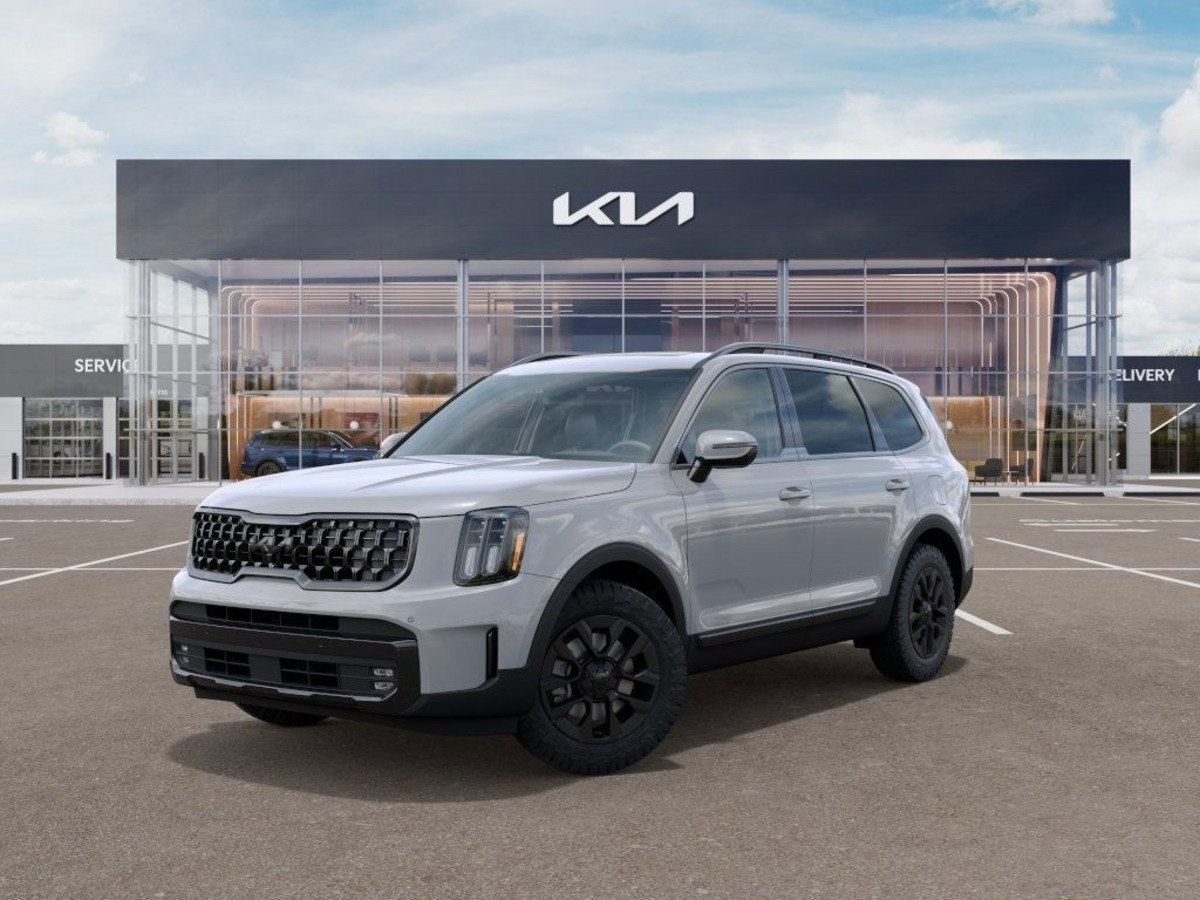
4. Kia Telluride
The Kia Telluride has rapidly become one of the most praised midsize SUVs in recent years, thanks to its upscale interior, refined ride quality, and family-friendly features. Among those features, the ease of using the rear seatbelts is a major highlight. The Telluride’s cabin is designed with accessibility in mind, and this is especially evident in both the second and third-row seats.
In the second row—whether configured with captain’s chairs or a bench—the belt buckles are prominently positioned on flexible stalks that stand up and stay in place, even when the seats are unoccupied. This eliminates the need to dig through seat cushions or blindly search for the latch.
The third row, which often gets shortchanged in SUVs, is refreshingly usable in the Telluride. Passengers have enough room to move, and the belt buckles are clearly visible, easily reachable, and spaced wide enough to accommodate adult passengers.
This is a huge win for large families or anyone regularly transporting groups of people. Kids can buckle themselves in without adult assistance, and installing car seats is relatively simple thanks to Kia’s well-marked LATCH points and smart tether placements. These are the kinds of details that make the difference between a good rear seat experience and a frustrating one.
What also helps set Telluride apart is its combination of quality materials and smart ergonomics. The rear seat belts glide smoothly and don’t require excessive force to buckle or unbuckle. The seating surfaces are soft but supportive, and the doors open wide enough to allow for hassle-free access to every seating position.
Even passengers in the third row benefit from thoughtful design, including built-in armrests and USB ports that make the space feel less like a backup plan and more like a comfortable destination. It’s rare for a three-row SUV to nail usability in all rows, but the Telluride manages to do just that, making rear seatbelt accessibility one of its many strong suits.
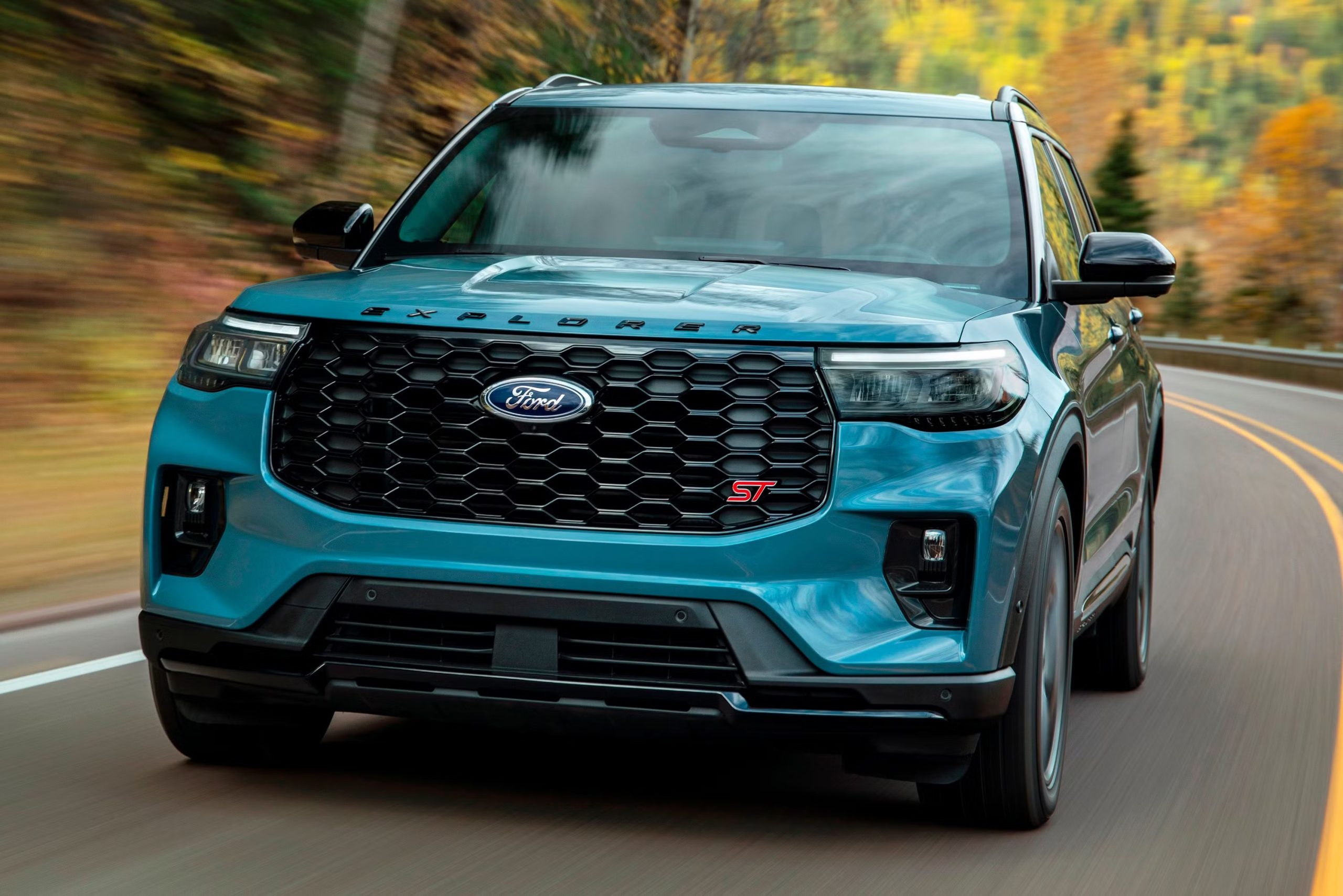
5. Ford Explorer
The Ford Explorer has evolved over the decades into one of the most versatile and well-rounded midsize SUVs on the market. One often-overlooked advantage of this evolution is how accessible and easy to use the rear seat belts are. In both the second and third rows, Ford has prioritized user-friendliness in its seat design.
The seat belt buckles are raised slightly above the cushion line and held upright with sturdy yet flexible stalks. This ensures that they remain in plain view and are always within reach. Whether you’re quickly hopping in for a short trip or gearing up for a long family road trip, buckling up in the Explorer is always straightforward.
The second row, available in either bench or captain’s chair configurations, provides generous legroom and easy access to all seating positions. The buckles are placed with clear consideration of how passengers move and interact with the seat. There’s no awkward twisting or deep-seat fishing required to find the latch.
In fact, many drivers report that even young kids are able to buckle themselves in confidently, which speaks to the clarity and accessibility of the system. The third row, which is often cramped and hard to use in rival SUVs, is surprisingly accommodating in the Explorer. The belts are positioned so that even adult passengers can find and use them without struggling or leaning excessively.
Ford has also enhanced the usability of the Explorer’s interior with thoughtful details like wide rear doors, flat load floors, and consistent seat belt placement across trims. These features add up to a cohesive, family-oriented environment where safety and convenience go hand in hand.
It’s clear that Ford paid attention not only to how the vehicle drives, but also to how passengers experience it, right down to how easily they can buckle up in the back. For a vehicle designed to handle everything from school runs to cross-country drives, the Explorer delivers an impressively smooth and stress-free rear seatbelt experience.
Also Read: 10 SUVs Where Third-Row Access Isn’t a Struggle and Adults Can Actually Sit Comfortably
Rear seatbelt accessibility is one of those quietly important features that often gets overshadowed by flashier automotive innovations. In the age of panoramic sunroofs, heated steering wheels, and self-parking systems, it’s easy to forget that safety starts with something as basic as a properly fastened seat belt.
Yet, for millions of people—especially families with young children, aging parents, or those who frequently carry rear-seat passengers—how easy or hard it is to buckle up in the back can dramatically influence both comfort and safety.
Throughout this article, we explored ten vehicles—five that make rear-seat belt use frustratingly difficult, and five that excel in rear passenger ergonomics. In models like the Chevrolet Camaro, Toyota C-HR, and Mazda Miata, we see examples where design priorities skew heavily toward aesthetics or performance at the expense of usability.
These vehicles, while appealing in other ways, have rear belt setups that often make the simple act of buckling in feel like a physical challenge. Whether due to tight seat creases, low-set buckles, or obstructive bolstering, these cars turn safety into a hassle. For the average user, especially in a rush or with physical limitations, this added friction can have real-world consequences.
In contrast, vehicles like the Honda CR-V, Subaru Outback, and Toyota Sienna show what happens when designers put equal weight on rear-seat accessibility and occupant safety. These models offer upright belt buckles, well-thought-out spacing, and flexible mounting that ensures ease of use for every kind of passenger, from toddlers in boosters to grandparents with mobility concerns.
The attention to these details creates not only a more user-friendly experience but also encourages better safety compliance. It’s no surprise that these vehicles are often top choices among families, caregivers, and professionals who value function over flash.
Ultimately, this comparison underscores a vital point: the most effective safety features are the ones people can use quickly, comfortably, and without second-guessing. All the advanced safety ratings in the world mean little if passengers struggle to secure themselves in the back seat.
Automakers would do well to give as much design attention to the rear cabin as they do to infotainment screens or dashboard trims. Fortunately, many already are—and buyers now have real options if they prioritize ease of use in rear safety.
For shoppers in the market, this is a reminder to test not just how a vehicle drives, but how it lives. When evaluating a car, don’t forget to sit in the back, reach for the buckle, and assess whether the space is truly built for real people and real use. For parents, caretakers, and anyone who frequently uses the rear cabin, these little details add up to a big difference.
In the end, the best vehicle is one that’s not only fun to drive or nice to look at, but also makes it easy—effortless, even—for everyone to buckle up and stay safe. Because when safety becomes seamless, everyone benefits.

